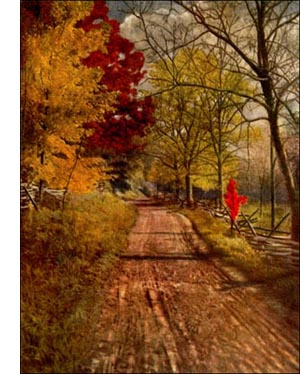Poplars
 FAMILY SALICACEAE
FAMILY SALICACEAEGenus POPULUS
Quick-growing trees with angled or round twigs, set with scaly buds, soft, light wood, and bitter bark. Leaves deciduous, simple, alternate, usually broad, on long petioles. Flowers dioecious, both kinds in crowded, pendulous catkins; each flower subtended by a bract with deeply cut, hairy margin. Fruit pendulous racemes of 2 to 4-valved pods; seeds minute, with dense, silky float attached.
Trees of the genus Populus form extensive forests in low, rich land and on high slopes of mountains. They attain large size, are quick of growth, and have exceeding tenacity of life, striking roots from twigs and sending up suckers from underground. Seeds are also a reliable means of reproduction, as they are produced in great numbers, and are widely scattered by the wind. The wood is one of the best materials for pulp making, and for a multitude of cheap wares for which a wood easy to work is demanded. The trees are largely planted for shade and ornament, for windbreaks, and to hold the banks of streams.
There are twenty-five species of Populus known, eleven of which are native to America. European species are often planted in this country, where they usually thrive as if at home. Sonic Russian varieties are successful on the Western prairies. China and Japan each have representative poplars here.
Abele or White Poplar Tree
Aspen or Quaking Aspen Poplar Tree
Balm of Gilead Poplar Tree
Black Cottonwood Poplar Tree
Black Poplar Tree
Carolina Poplar Tree
Cottonwood Poplar Tree
Lance Leaved Cottonwood Poplar Tree
Large Toothed Aspen Poplar Tree
Lombardy Poplar Tree
Mexican Cottonwood Poplar Tree
Narrow Leaved Cottonwood Poplar Tree
Swamp Cottonwood Poplar Tree